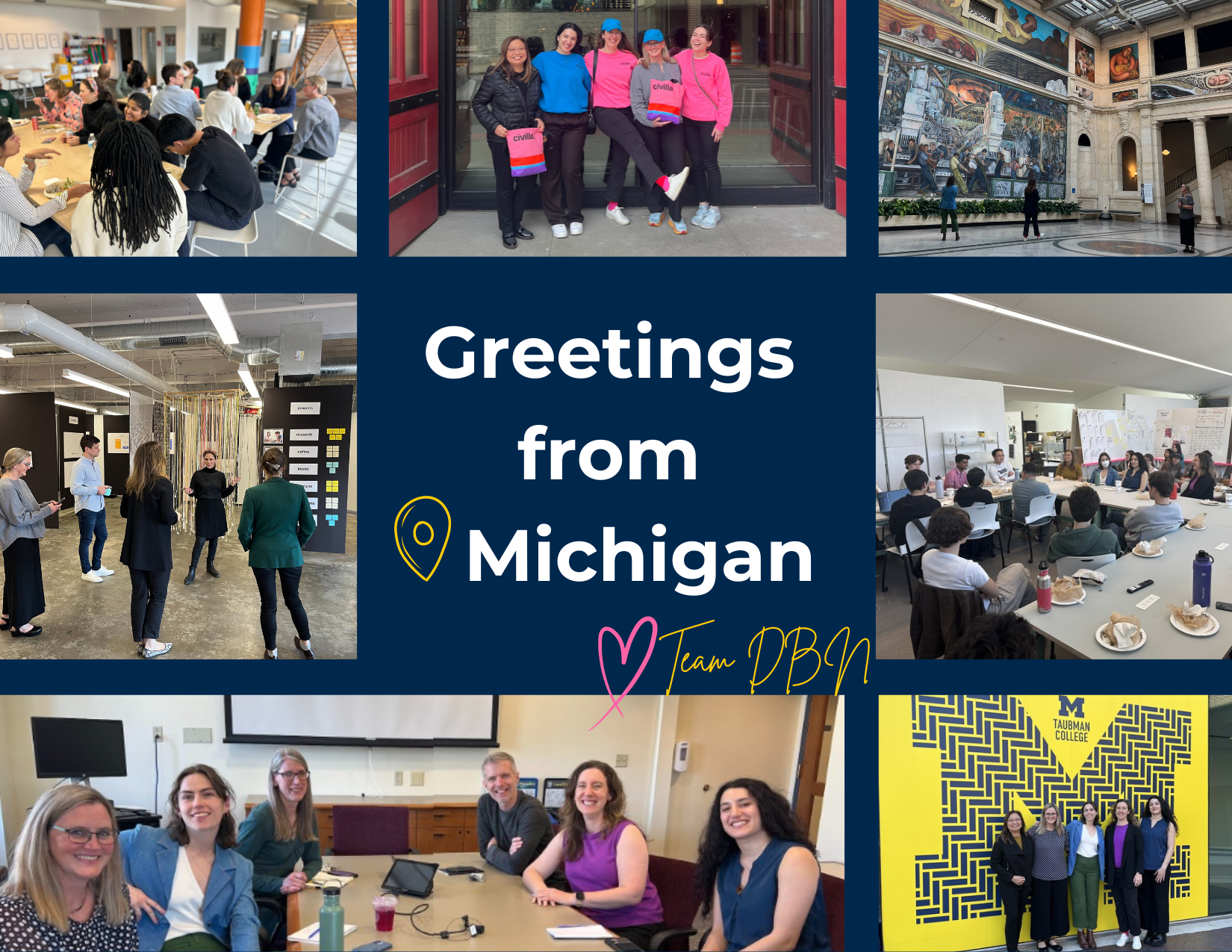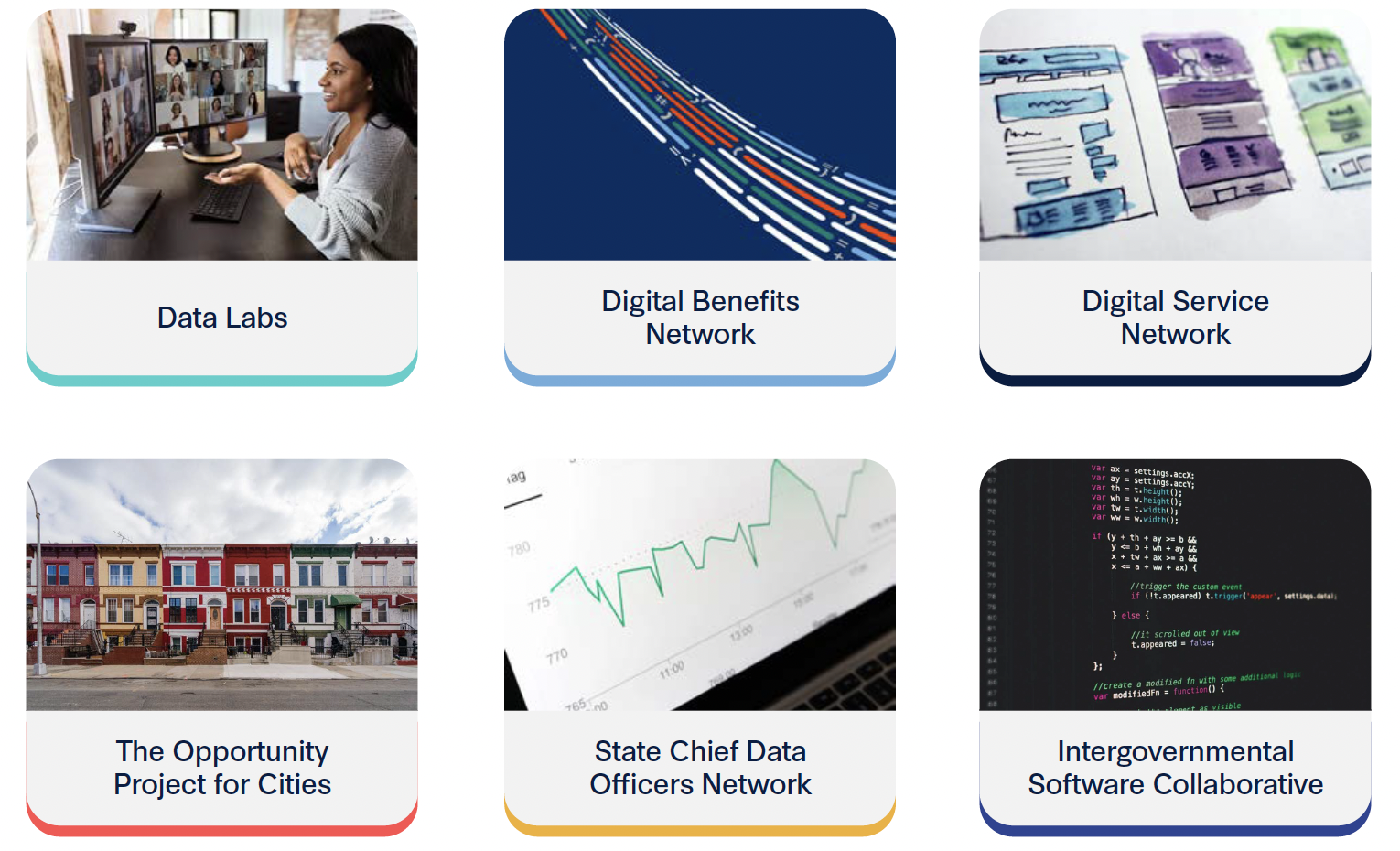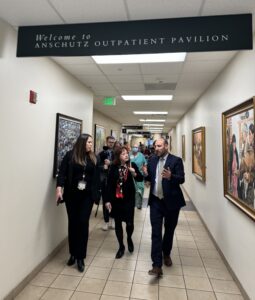The Beeck Center and the Centre for Public Impact Release Joint Report to Advance Civic Technology and Open-Data Innovation in Local Government
The Beeck Center for Social Impact + Innovation at Georgetown University and the Centre for Public Impact today release the findings and lessons from the third annual The Opportunity Project for Cities sprint. The 2023 program led four Knight cities and counties through a 22-week design sprint that partnered government practitioners and community organizations. The Opportunity Project for Cities is supported by Knight Foundation and the solutions are built with pro bono assistance from more than 40 Google.org product managers, engineers, data scientists, and user experience designers who provided community research, product brainstorming, technical assistance, and product development support.
Communities involved in The Opportunity Project for Cities third annual sprint included:
- Akron, OH who sought to address issues related to poor housing conditions and challenges related to housing rights by creating a mobile-friendly website visualizing housing complaints, evictions, and property conditions to improve residents’ decision-making.
- Detroit, MI who aimed to prevent over-surveying of local residents and lack of access to mobility data by developing a data-driven interactive map and report tool to help government staff and residents access data and trends on mobility.
- Macon-Bibb County, GA who looked to address lack of access to and knowledge of business permitting processes by building an online roadmap of the permitting process that provides information to residents looking to obtain or renew business licenses.
- Miami-Dade County, FL who planned to address severe heat issues facing commuters by creating a tool to allow residents to report on their experience at bus stops, helping with the county’s climate resiliency planning while ensuring residents are heard.
“We are so proud to continue to partner with the Centre for Public Impact on The Opportunity Project for Cities which continues to have an outsized positive impact on people’s lives,” said Lynn Overmann, Executive Director of the Beeck Center. “We’re thrilled to share these case studies from the third annual cohort and hope that communities across the country will utilize them as an invaluable resource as they seek to better engage and serve their residents.”
The Opportunity Project for Cities program aims to surface new open data technology solutions to address public challenges and foster cultures of government transparency, accessibility, and responsiveness to strengthen trust with residents and lay the foundation for lasting community-driven innovation. The comprehensive report and toolkit released today will help inform and advance wider efforts in the field of civic innovation. Now armed with these resources, governments will be able to develop meaningful applications for local data to tackle community needs. The report shares key insights for local governments facing similar challenges. The toolkit allows anyone to replicate The Opportunity Project for Cities model. Together, these resources not only present new ways to leverage human-centered design for public interest technology but also identify new models of collaboration with community partners and technologists through civic innovation.
“In collaboration with forward-thinking organizations, government and community leaders, and tech experts, The Opportunity Project for Cities reaffirms its commitment to navigating the intricate intersection of data, technology, and community empowerment – with lessons culminated into this report” said Giselle Cordero, Program Manager for the Centre for Public Impact. “Collectively, we’re shaping an equitable and innovative future, fostering trust through dedicated collaboration with communities to authentically address concerns and work towards impactful, sustainable solutions.”
Since The Opportunity Project for Cities’ conception in 2020, the program has engaged seven local governments, 50 public servants, and over 430 residents across the U.S. A survey from the program’s second cohort showed that 100% of participants reported learning new skills as a result of participation and would recommend the program to their peers.
This third cohort of The Opportunity Project for Cities builds upon the successes and learnings from the 2021 and 2022 sprints in communities including Detroit, MI; Long Beach, CA; Saint Paul, MN; and San José, CA, as well as Macon-Bibb County, GA, and Miami-Dade County, FL. This year, Detroit, MI; Macon-Bibb County, GA, and Miami-Dade County, FL all joined The Opportunity Project for Cities for a second sprint in the belief that further engagement with the program in renewed ways with different departments is essential to sustain cultural change.
The long term goal of The Opportunity Project for Cities is to surface new open-data technology solutions to address public challenges and foster cultures of government transparency, accessibility, and responsiveness to strengthen trust with residents and lay the foundation for lasting community-driven innovation.
###
About The Opportunity Project for Cities
The Opportunity Project for Cities brings together governments, community leaders, and tech volunteers to address local challenges through the power of open data and community engagement. During the program, cities and counties create a series of customized digital tools that speak to residents’ most pressing needs. The Opportunity Project for Cities builds a culture of government transparency, accessibility, and responsiveness that strengthens trust with residents and lays the foundation for lasting co-created innovation.
The Opportunity Project for Cities was inspired by the U.S. Census Bureau’s The Opportunity Project and adapted for local contexts by the Centre for Public Impact and the Beeck Center for Social Impact + Innovation at Georgetown University. The Opportunity Project for Cities is supported by the Knight Foundation and pro bono technical support from Google.org.
About the Beeck Center for Social Impact + Innovation at Georgetown University
The Beeck Center for Social Impact + Innovation at Georgetown University seeks to improve people’s daily lives by helping governments utilize data, design, technology, and policy to better meet the needs of their residents. An anchor of Georgetown University’s Tech and Society Initiative, the Beeck Center works alongside public, private, and non-profit organizations to identify and establish human-centered solutions that help government services work better for everyone, especially the most vulnerable and underserved populations. The Beeck Center’s work was recognized on Fast Company’s 2023 Next Big Things in Tech list. For more information, please visit beeckcenter.georgetown.edu.
About the Centre for Public Impact
At the Centre for Public Impact, we believe in the potential of government to bring about better outcomes for people. Yet, we have found that the systems, structures, and processes of government today are often not set up to respond to the complex challenges we face as a society. That’s why we have an emerging vision to reimagine government so that it works for everyone.
A global not-for-profit organization founded by the Boston Consulting Group, we act as a learning partner for governments, public servants, and the diverse network of changemakers who are leading the charge to reimagine government. We work with them to hold space to collectively make sense of the complex challenges we face and drive meaningful change through learning and experimentation.
About Knight Foundation
We are social investors who support a more effective democracy by funding free expression and journalism, arts and culture in community, research in areas of media and democracy, and in the success of American cities and towns where the Knight brothers once published newspapers. Learn more at KF.org.
About Google.org
Google.org’s mission is to bring the best of Google to help solve some of humanity’s biggest challenges — combining funding, in-kind product donations, and technical expertise to support underserved communities and provide opportunity for everyone.
Press Contacts:
Joanna Rosholm
Original Strategies
beeckcenter@originalstrategies.com
Elysa Neumann
Communications Specialist
Centre for Public Impact
elysa@centreforpublicimpact.org
202-630-3383





